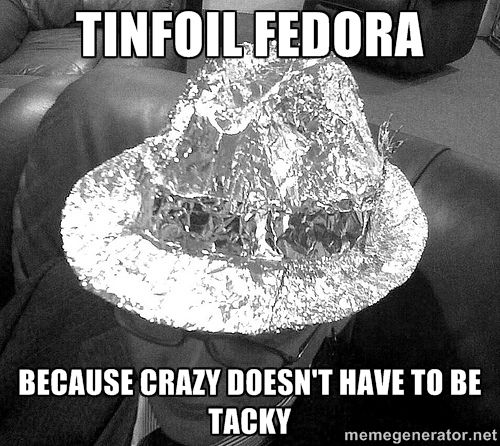So then, to shield the system, are we assuming the incorrect RF is being read by the antenna which is within the keyed ignition switch, or are we now considering to shield all the wires and DESS module itself.
Unless we are having a serious super close proximity RF interference problem I would not expect anything to be induced into the wire harness or DESS module. AND if you shield the antenna, it will no longer work to read the reply from the key itself and / or the transponder function that triggers the key to emit the code will not happen as the triggering functioning will be blocked.
The comments by BRP about saturation of the key, what does that exactly mean. Is the key being triggered by another device? Is the ignition switch antenna over saturated and confused and with that unable to be smart enough to separate the good from the bad?
As I understand the system, the key has a digital code programmed into it. When the key is inserted into the ignition and powered, the ignition switch senses a key and acknowledges power has been applied. The ECM sees this and decides you wish to fire the engine. The ECM sends a signal to the DESS module and via key switch that passes through the antenna and tells the key to transpond the data stored on the key. The data sent by the key is then read by the DESS module and compared to known valid key numbers stored on the ECM.
Basically the master is the ECM and the DESS module and Key Switch are slaved units.

